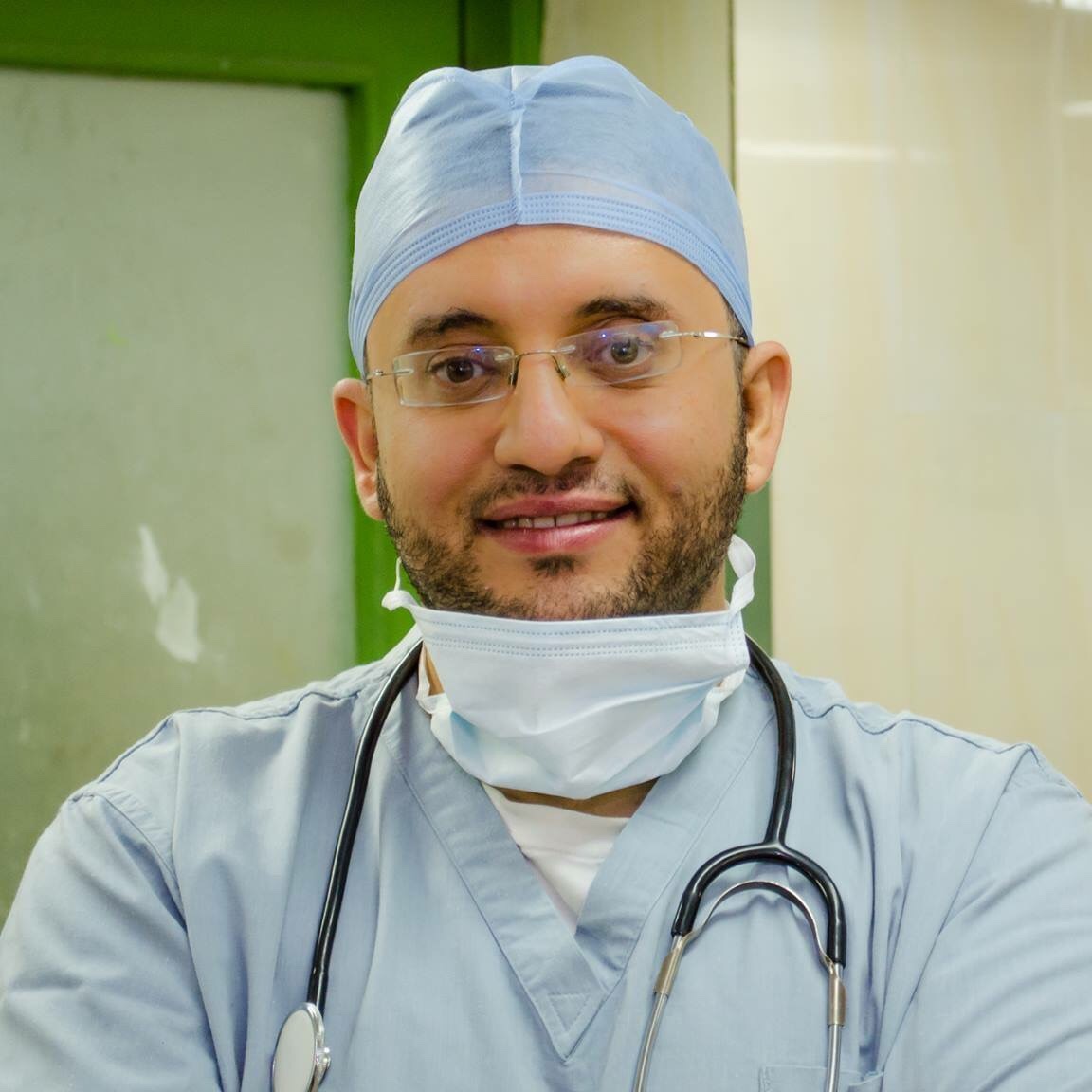Non missile penetrating brain injuries are rarely seen in the surgical practice and few international literatures reported case reports or small case series and it comprises a small percentage of head trauma cases. There are no unanimous rules to manage such cases as each case should be -ideally- managed individually, however these injuries classified as a form of severe head injuries. We reported a group of 18 cases of penetrating injuries with different tools and various mechanisms. We reported their epidemiological criteria, mechanism of trauma, complications and their prognosis.
Introduction
When a sharp objects hits the skull with a high velocity, it causes a penetrating head injury. Although the skull is considered as a rigid box and the non-missile tools have a penetrating power much less than missile injuries, these tools can enter the skull near a natural opening as the thin orbital wall, superior orbital fissure or ethmoid bone. The purpose of this study is to report the different patients’ criteria and the method of trauma and the prognosis.
Method
A retrospective study was done in Neurosurgery trauma unit, Sohag University, between November 2012 and October 2014. Eighteen patients were reported with different mechanisms of trauma. All patients were clinically tested involving neurological evaluation. Computed tomography brain was done for them at the time of admission. Cautious removal of the penetrating object with local debridement of surrounding tissues including skin, skull, dura and brain tissue and watertight closure of the dura should be done. Patients were transferred to Intensive care unit (ICU) for 48 – 72 days.
Results
Patients were subjected to operative intervention and they were followed up for 3 years. Males were the predominant gender, 13 cases (72.2%) and the young age was higher than the elderly. The Glasgow outcome score was 15 in Thirteen patients, 4 in five patients. No reported cases of infection or CSF leak. Transient epileptic fits occurred in 4 patients and controlled on anti-epileptic drugs.
Conclusion
Penetrating head injuries, although rare, are dangerous and should be cautiously managed and monitored in the ICU. The prognosis depends mainly on severity of the trauma and site of injury, but in general the prognosis is favorable.

